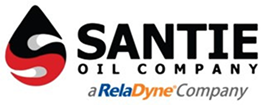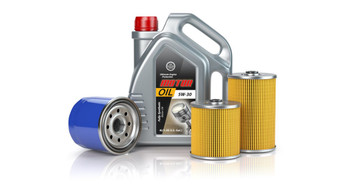Engine oil is one of those over-complicated selections that vehicle owners and users can get wrong without realizing. The numbers and letters on the oil container can help users align themselves with the most appropriate fluids for their needs. In this article, we discuss these combinations to ensure you get them right.
A Closer Look at the Numbers
When shopping for motor oil, the combinations available can present as intimidating if you're unsure how to dissect the codes. A significant element of these combinations is the numbers and what this means for the chosen oil. In short, the number you see on an engine oil will range from 0 to 60, and corresponds to the value of the viscosity.
For example, a low rating of 5 means that the oil's viscosity will run on the thinner side. In contrast, a denotation for 60 will run incredibly thick. With this in mind, it's not uncommon to find a combination oil on the market because many vehicles today can tolerate these mixes and generally perform best. A 5W-30 oil means it will run a thin oil in wintery conditions but perform with a thickened, 30-viscous rating in the summer when the engine becomes hot.
It's essential to note that the W marker indicates winter and how the oil will perform in these specific conditions.
The Letters That Accompany Numbers
As mentioned above, the W marker indicates a winter viscosity rating for the first numbers listed in the oil combination. Regardless of primary geographical location, it is imperative to understand how engines perform in various weather conditions and how temperature fluctuations affect the oil's run value.
It's possible for engine oil to house the letter combination SAE in addition to a W. This series of letters symbolizes The Society of Automotive Engineers. This group is responsible for declaring the need for combination oils to support engine performance in various temperatures.
The most common oil types with an SAE combination are SAE 5W-30 and SAE 10W-40. These allow for an engine to run a thinner viscosity in winter conditions and will thicken for enhanced performance in higher temperatures. These values will fluctuate drastically based on geographical location and climactic habits.
Getting the Right Combination
It's important to get the correct letters and numbers on your oil containers, and it's even more important to follow the owner's manual for optimal performance. There are very few instances where you can empty the oil reservoir and start over with an enhanced oil combination. Still, it is typically best to use the one designated by the manufacturer. If you use an oil that is too thin or too thick, you risk troubling engine runs and internal damage.
The Santie Oil Difference
Santie Oil Company is committed to ensuring your bulk diesel engine oil needs are met and maintained through our comprehensive inventory of oils. We carry industry-leading brands to ensure our customers receive their engine's best options with longevity in mind.

